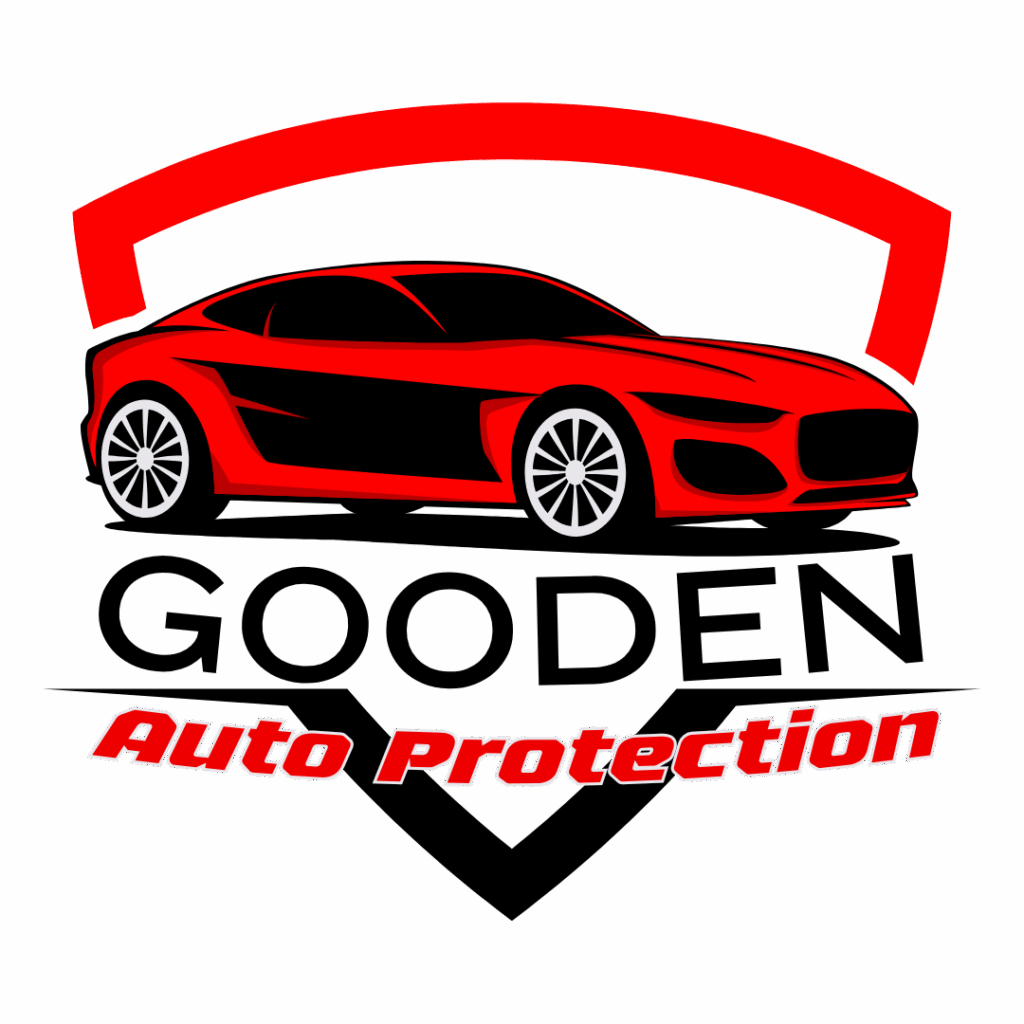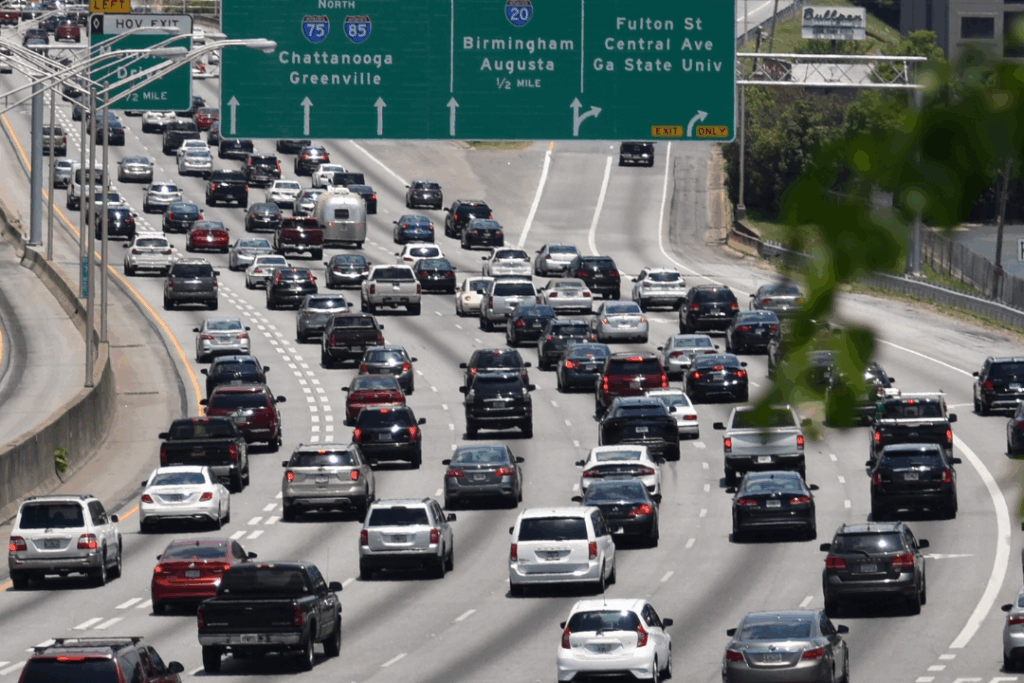You’ve likely seen the terms “liability,” “collision,” and “comprehensive” tossed around in your auto policy, but what do they really mean? The truth is, many people sign up for car insurance without fully understanding what’s included—and what isn’t. Unfortunately, that can lead to major financial headaches when accidents or unexpected events occur. But here’s the good news: learning the basics of auto insurance coverage doesn’t have to be complicated. With a little guidance, you can understand your policy and make informed choices that truly protect you on the road.
- Liability Coverage: The Foundation of Every Policy
Liability insurance is mandatory in most states and serves as the base of any auto policy. It comes in two parts:
- Bodily Injury Liability: Covers medical bills, lost wages, and legal fees if you injure someone in an accident.
- Property Damage Liability: Pays for damage to other people’s vehicles or property.
If you’re found at fault in an accident, this is the coverage that kicks in. Choose limits high enough to protect your assets.
- Collision Coverage: Protection When You Hit Something
Collision insurance pays for damage to your own vehicle when you’re involved in an accident—regardless of fault. This includes:
- Crashes with another car
- Hitting a pole, guardrail, or tree
- Damage from potholes or road hazards
If your vehicle is newer or still being financed, collision coverage is usually a smart (or required) choice.
- Comprehensive Coverage: For the Unexpected
Comprehensive coverage handles non-collision incidents. Think of it as protection from things beyond your control:
- Theft or vandalism
- Fire or flooding
- Natural disasters like hail, wind, or fallen trees
- Damage caused by animals (like deer collisions)
While not legally required, comprehensive coverage is crucial for full protection—especially in high-risk areas.
- Additional Coverage Options Worth Considering
Besides the core types of insurance, there are optional add-ons that can make your coverage even more complete:
- Uninsured/Underinsured Motorist Coverage: Protects you if the other driver doesn’t have enough (or any) insurance.
- Personal Injury Protection (PIP): Covers your and your passengers’ medical expenses, no matter who is at fault.
- Roadside Assistance: Helps with towing, flat tires, and lockouts.
- Rental Reimbursement: Pays for a rental car while yours is in the shop.
These extras may cost a bit more but can save you a lot in the long run.
- What Auto Insurance Doesn’t Cover
It’s just as important to understand the limits of your policy. Here are things most standard policies do NOT cover:
- Regular wear and tear or maintenance
- Damage from racing or illegal activities
- Personal belongings inside the vehicle
- Using your car for business (like rideshare driving) unless specifically covered
Always read the exclusions section and speak with your agent if you’re unsure.
Auto insurance doesn’t have to be confusing. When you understand each type of coverage, you’re empowered to make smart decisions and avoid costly mistakes.
Take Action Today:
- Review your current policy and identify what each part covers.
- Check if you need add-ons like PIP or uninsured motorist coverage.
- Make sure your liability limits are high enough to protect your finances.
- Ask your insurer about exclusions and how to fill any coverage gaps.
A clear understanding of your auto insurance coverage is the best protection you can have before hitting the road.

